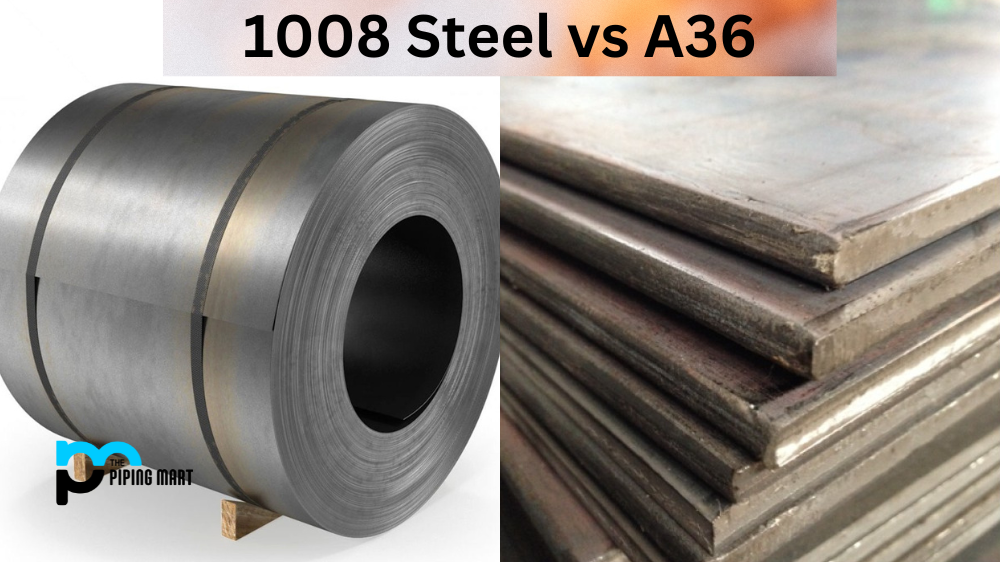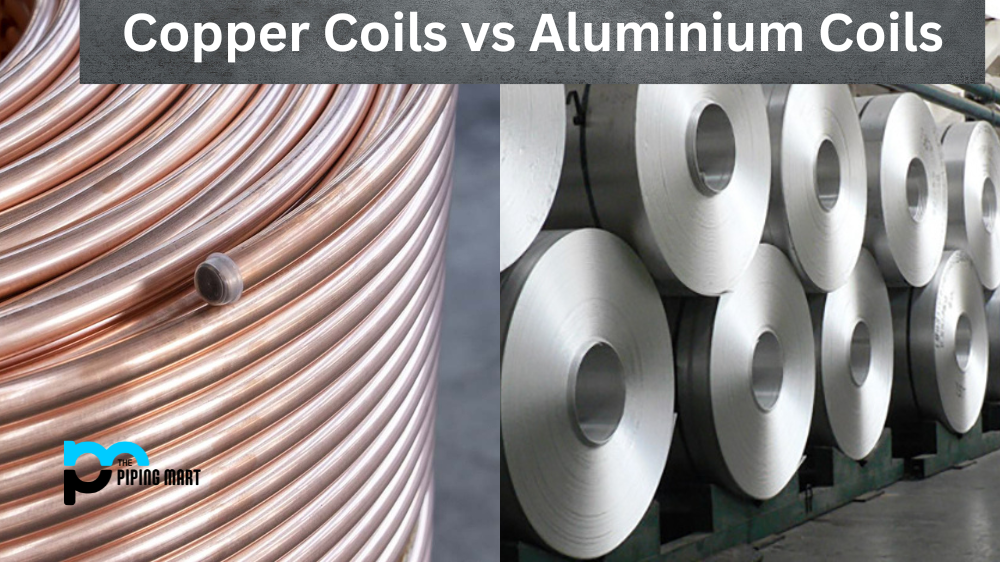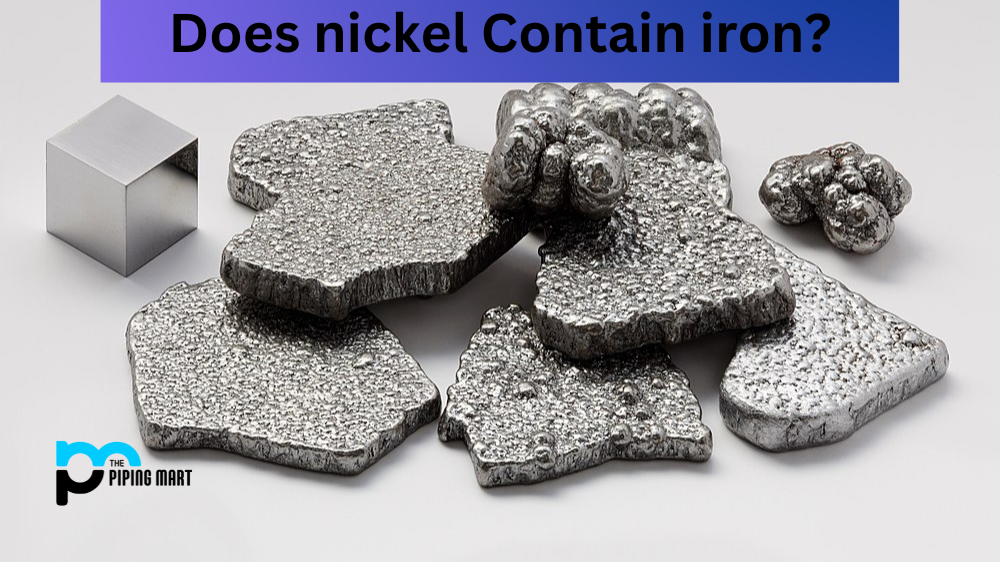When it comes to construction projects, choosing the right material is crucial for the success of your project. Two commonly used materials in construction projects are 1008 steel and A36 steel. However, choosing between the two can be difficult, especially if you are unfamiliar with their differences. This blog post will compare 1008 steel and A36 steel to help you decide which is right for your needs.
Difference Between 1008 Steel and A36
Chemical Composition
The first major difference between 1008 and A36 steel is their chemical composition. A36 steel contains more carbon compared to 1008 steel, which gives it greater strength and hardness. On the other hand, 1008 steel has a lower carbon content, making it more ductile and malleable. This means that A36 steel is better suited for applications that require high strength and hardness, while 1008 steel is ideal for applications that require flexibility and a softer texture.
Application
Another important factor to consider is the application of your project. Depending on the nature of your project, one material may be more suitable than the other. For example, A36 steel is commonly used in structural applications such as bridges, buildings, and railroad tracks. Meanwhile, 1008 steel is often used for manufacturing low-stress automotive components, office equipment, and furniture.
Cost
Cost is another factor to consider when choosing between 1008 steel and A36 steel. A36 steel tends to be more expensive due to its higher carbon content, which results in higher production costs. On the other hand, 1008 steel is more affordable, making it a popular choice among budget-conscious builders and manufacturers.
Weldability
Weldability is another important factor to consider. A36 steel has excellent weldability, making it easy to weld and manipulate into different shapes and sizes. On the other hand, 1008 steel is more challenging to weld, requiring special welding techniques to ensure a strong and reliable weld.
Corrosion Resistance
Finally, it’s important to consider the corrosion resistance of the two materials. A36 steel is more corrosion-resistant due to its high carbon content, while 1008 steel is more susceptible to corrosion. In high-humidity environments or coastal areas, A36 steel is the better choice due to its superior resistance to rust and corrosion.
Conclusion
In conclusion, choosing between 1008 steel and A36 steel requires careful consideration of several factors. While both materials are commonly used in construction and manufacturing, they have unique properties that make them more suitable for certain applications than others. By considering each material’s chemical composition, application, cost, weldability, and corrosion resistance, you can make an informed decision that meets your needs.

Abhishek is a seasoned blogger and industry expert, sharing his insights and knowledge on various topics. With his research, Abhishek offers valuable insights and tips for professionals and enthusiasts. Follow him for expert advice on the latest trends and developments in the metal industry.




